A student’s view on an expert’s voice: Helen Jacobsen’s lecture about the Antique in French Decorative Arts revisited.
During the Spring of this year, Dr Alexander Dencher (Leiden University Lecturer and Rijksmuseum curator) organised a lecture series focused on interiors and decorative arts of the eighteenth century titled, “Interiors for Display”.
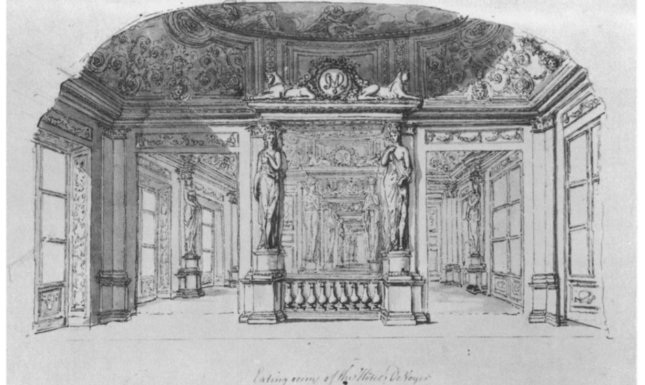
During the Spring of this year, Dr Alexander Dencher (Leiden University Lecturer and Rijksmuseum curator) organised a lecture series focused on interiors and decorative arts of the eighteenth century titled, “Interiors for Display: The art of the eighteenth-century interior in the Dutch Republic and Europe”. The lecturers were from Europe, and all of them are important scholars in their field(s). One of those lectures was by Dr Helen Jacobsen, currently Senior Curator and Curator of French 18th-century Decorative Arts at the Wallace Collection, and one of the most pre-eminent scholars in the field of French decorative arts of the eighteenth century. Her lecture, “Engaging with the Antique: Parisian architects, designers and craftsmen and the development of the neoclassical interior, 1760-1785”, focused on the influence and importance of the Antique (i.e., Ancient Egypt, Greece, and Rome), both visually and materially, on the decorative arts in France. Dr Jacobsen’s talk was very extensive, and further enriched by wonderful images of artworks, many of which are in the Wallace Collection’s extraordinary collection.
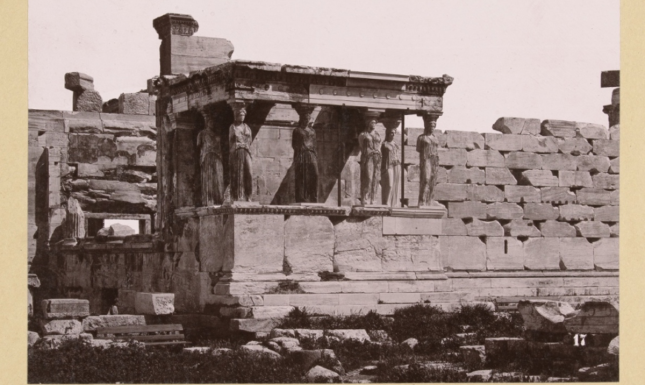
Dr Jacobsen’s lecture opened with a case study of Charles de Wailly (1730-1798), an architect and decorative arts designer. Jacobsen emphasised the fact that De Wailly promoted neoclassical influences. De Wailly was commissioned to redecorate the eating room of the Hôtel de Voyer in the mid-1770s. Jacobsen noted that for this redecorating scheme, De Wailly was mainly influenced by Ancient Greece, rather than Ancient Rome, which had before been more prominently integrated in art and architecture. This fascination for Ancient Greece is visible through the caryatids, noticeable in De Wailly’s design (see fig. 1). These decorations, or sculptures, of female figures have a functional purpose, too, for they serve as pilar substitutes. Caryatids were used in the architectural design of the Erechteion on the Acropolis in Athens, in the fifth century B.C. (see fig. 2). These ancient architectural and decorative designs were distributed through prints and books, such as Le Roy’s Ruines des plus beaux monuments de la Grèce from 1758 (see fig. 3).
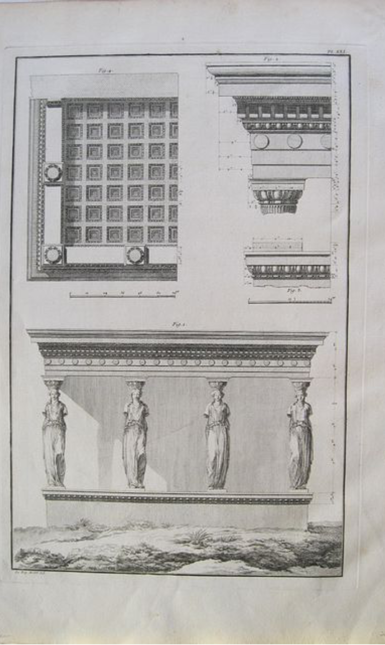
Although it is known that De Wailly made prolific designs for architectural elements and spaces, Jacobsen explained how his contributions to the decorative arts are often overlooked. An important piece in the Wallace Collection was an ancient piece of porphyry, which was redesigned by De Wailly for the Marquis de Voyer in 1761 in a Graeco-styled vase (see fig. 4). Jacobsen showed other examples of this reusage of ancient materials, too. Especially porphyry was a coveted material. Moreover, as can be seen in Sir William Chambers’ drawings of the furniture at Hôtel de Voyer, Charles de Wailly must have been a prolific furniture designer. A filing cabinet in the Wallace Collection, presumably designed by De Wailly, further strengthens the notion of De Wailly as furniture maker (see fig. 5).
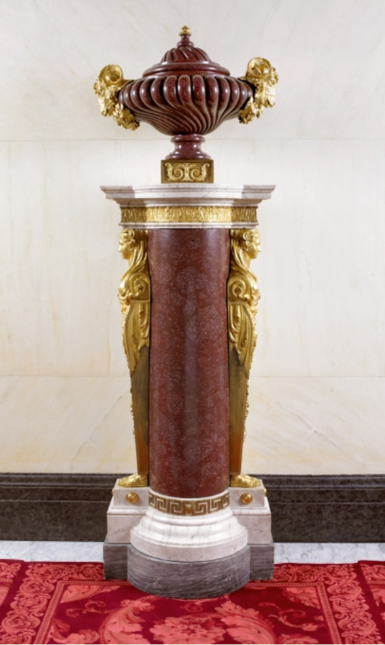
Besides discussing Charles de Wailly, Jacobsen talked about several other French designers, architects, and decorative artists who contributed to the mania of “collecting” ancient remains or making designs based on those remains during a span of 30 years or so (c. 1760-1790). It was an enlightening lecture, and again stressed the timeless importance of Antiquity. In 2017, Helen Jacobsen published a book about the Wallace Collection’s Parisian objects, related to the Antique, titled Gilded Interiors: Parisian Luxury and the Antique.
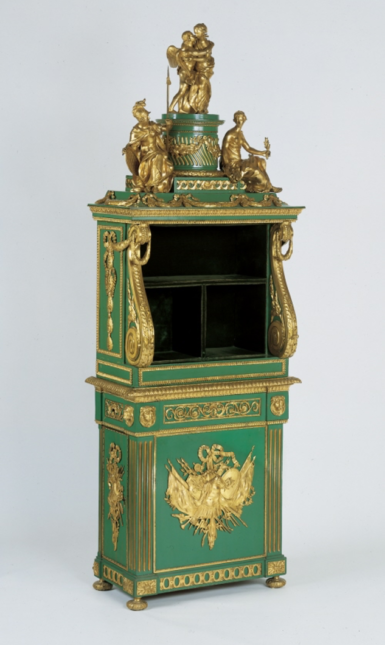
Justus F. C. Schokkenbroek is a second-year student of Art History at Leiden University. His main fields of interest are the arts of the Middle Ages and Renaissance. Contact: j.f.c.schokkenbroek@umail.leidenuniv.nl.

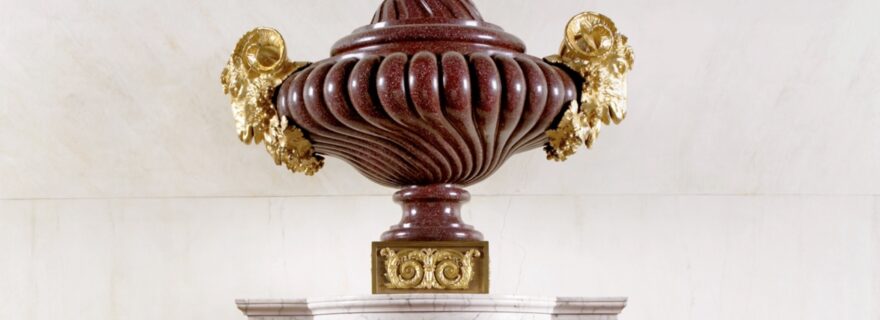
0 Comments